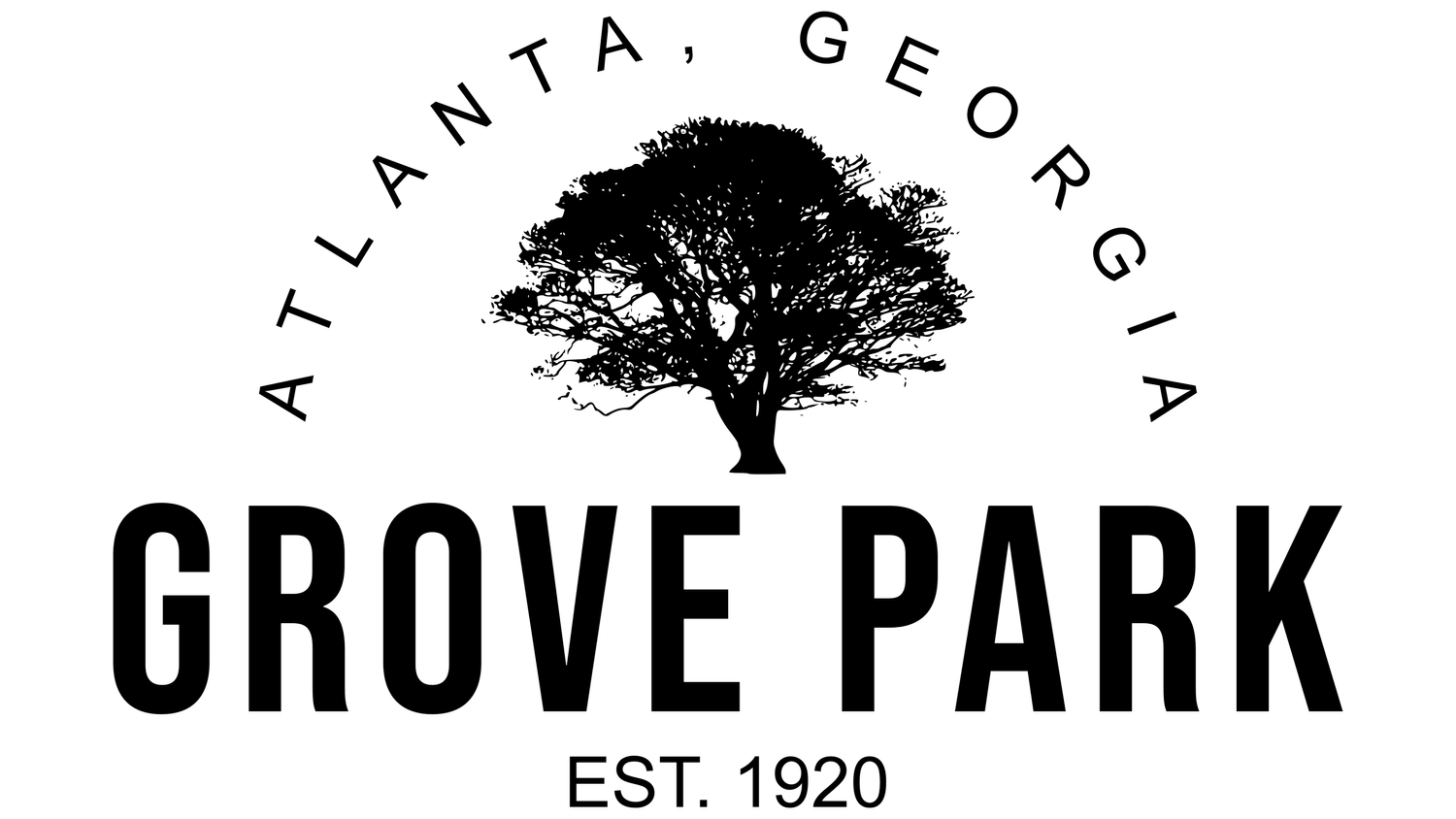Grove Park History
Early History
Grove Park has a rich history that dates back to its early development. Originally known as Fortified Hills, the neighborhood was established in the 1920s and 1930s by Dr. Edwin Wiley Grove and his Grove Park Development Company.
Dr. Grove drew inspiration for the street names from his own family, naming them after his wife, Gertrude, his daughter Evelyn, and his son, Edwin. Additionally, it is believed that other street names honor his grandchildren: Matilda, Hortense, Emily, Elizabeth, Francis, Eleanor, Florence, Margaret, and Eugenia. The neighborhood's growth in the 1930s, 1940s, and 1950s resulted in wide, tree-lined avenues adorned with well-maintained frame cottages, brick Tudors, and ranch-style homes.
Donald Lee Hollowell Parkway, a prominent thoroughfare in Northwest Atlanta, experienced a period of prosperity during the 1960s. The area remained stable until the early 1970s, when the growth of suburban neighborhoods began to impact its vitality. This shift led to the closure of many long-standing businesses, which were then replaced by establishments with lower rent costs. Consequently, the area experienced a decline in population and visible signs of deterioration. As the 20th century drew to a close and the new millennium began, the entire region faced a continuous decline in population, property conditions, and the local economy. The once-thriving Donald Lee Hollowell Parkway struggled to maintain its former glory amidst these challenges. However, recent revitalization efforts and community-led initiatives are working to restore the area and bring back the vibrancy it once enjoyed.
Bright Future
Grove Park is on the verge of a bright future as in-town living gains traction, sparking a resurgence in development across the city, particularly in Northwest Atlanta. The neighborhood is set to benefit from new residential units, subdivisions, and major renovations, with the Donald Lee Hollowell Parkway Corridor also poised for growth.
Though Grove Park experienced challenges during the foreclosure crisis, development plans like the Quarry Yards project and Microsoft's commitment to Atlanta offer optimism for revitalization. The 90-acre Microsoft campus in Grove Park was once projected to become the company's second-largest, promising over 15,000 jobs. Despite recent challenges, Microsoft still plans to use 25% of the land for community needs.
The unwavering commitment to community-focused development instills hope and optimism for a flourishing future in Grove Park. This dedication to growth and progress will foster a thriving environment for residents and businesses alike, ensuring that the neighborhood continues to prosper and attract positive attention.
Grove Park 1954 - Present








